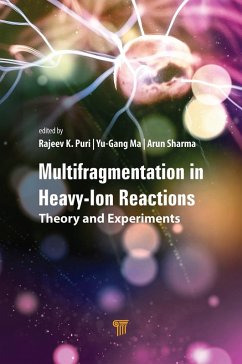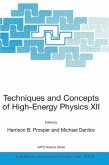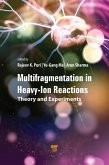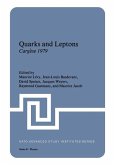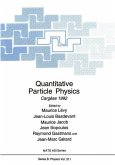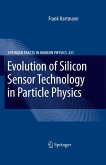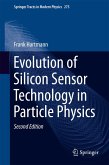This book provides a collection of reviews of some of the recent developments in nuclear physics research at intermediate energies from across the globe. It especially focuses on the most essential aspects, such as multifragmentation and associated phenomena in nuclear collisions, with the incident energy region between a few MeV and several hundreds of MeV/nucleon. The topic of the book-multifragmentation-was chosen based on the fact that all heavy-ion collisions revolve around a fragmenting system, which is also thought to have a link to phase transitions. One unique and valuable dimension of this book is that it has brought together the research of several experts working in the field of intermediate energy heavy-ion collisions in various renowned laboratories of the world. It provides a thorough review of the recent developments in various related phenomena, especially multifragmentation, observed at the intermediate-energy range, both theoretically and experimentally. It extensively discusses the concept of nuclear symmetry energy, which is important for the nuclear physics and astrophysics communities. In addition, the book identifies potential research directions and technologies that will drive future innovations. It will serve as a valuable reference for a larger audience, including students who wish to pursue a career in nuclear physics and astrophysics.
Dieser Download kann aus rechtlichen Gründen nur mit Rechnungsadresse in A, B, BG, CY, CZ, D, DK, EW, E, FIN, F, GR, HR, H, IRL, I, LT, L, LR, M, NL, PL, P, R, S, SLO, SK ausgeliefert werden.

